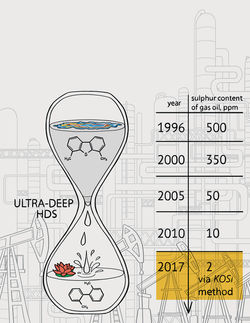Harnessing the energy of fireworks for fuel
Advertisement
The world relies heavily on gasoline and other hydrocarbons to power its cars and trucks. In search of an alternative fuel type, some researchers are turning to the stuff of fireworks and explosives: metal powders. And now one team is reporting a method to produce a metal nanopowder fuel with high energy content that is stable in air and doesn't go boom until ignited.
Hydrocarbon fuels are liquid at room temperature, are simple to store, and their energy can be used easily in cars and trucks. Metal powders, which can contain large amounts of energy, have long been used as a fuel in explosives, propellants and pyrotechnics. It might seem counterintuitive to develop them as a fuel for vehicles, but some researchers have proposed to do just that. A major challenge is that high-energy metal nanopowder fuels tend to be unstable and ignite on contact with air. Albert Epshteyn and colleagues wanted to find a way to harness and control them, producing a fuel with both high energy content and good air stability.
The researchers developed a method using an ultrasound-mediated chemical process to combine the metals titanium, aluminum and boron with a sprinkle of hydrogen in a mixed-metal nanopowder fuel. The resulting material was both more stable and had a higher energy content than the standard nano-aluminum fuels. With an energy density of at least 89 kilojoules/milliliter, which is significantly superior to hydrocarbons' 33 kilojoules/milliliter, this new titanium-aluminum-boron nanopowder packs a big punch in a small package.
Original publication
Other news from the department science

Get the chemical industry in your inbox
By submitting this form you agree that LUMITOS AG will send you the newsletter(s) selected above by email. Your data will not be passed on to third parties. Your data will be stored and processed in accordance with our data protection regulations. LUMITOS may contact you by email for the purpose of advertising or market and opinion surveys. You can revoke your consent at any time without giving reasons to LUMITOS AG, Ernst-Augustin-Str. 2, 12489 Berlin, Germany or by e-mail at revoke@lumitos.com with effect for the future. In addition, each email contains a link to unsubscribe from the corresponding newsletter.






























































